
Find out all about Archery Range Finder
For avid bow hunters, the perfect archery range finder is a must have accessory and they are willing to leave no stone unturned in the effort to find the right one. In the past, the options were limited when it came to range finders and comparisons were few and far between. Also, the units with dual purpose were often recommended to hunters whose weapon of choice is the bow. Over the years, archery rangefinder has evolved into highly sophisticated piece of equipment.
Features to Look For
Compact Size
The vertical design is commonly found in these devices as it makes it easier to hold the finder making it lighter and more compact as compared to horizontal ones. Also, the bow hunters can keep these handy little pieces in their belt for easy and fast access. So the size is a crucial factor in the overall design.
Target Priority
Archers often need the cover of foliage to get within shooting range of the game. This is not exactly an ideal situation as the hunters constantly have to track prey and chase after them for miles sometimes. So, the range finder should be able to distinguish between the surrounding nature, grass, branches and the prey itself. To minimize confusion in this regard, the range finders are designed in such a way that they can set target priority. This feature helps categorize the objects in view into “first priority” and “distant priority”. These are also known as “Brush” and “Bull’s eye” in hunter lingo. Near, far and split settings can also be setup easily.
Angle Compensation
Bowhunters often have to wait in tree stands for hours hoping for the prey to tag along their trial. Shooting at such heights is anything but easy. The elevation is quite a challenge and one has to take the wind into account as well. So for a bowhunter at an elevated angle, a linear range finder might read the object to be at 42 yards where as a range finder with elevation angle compensation might read the same object to be at 37 yards. Angles affect distance perception greatly too. Different range finders have different names for their angle compensator features. Nikon calls theirs the Incline/ Decline mode while the Bushnell’s go by ARC short for Angle Range Compensation.
How to purchase the perfect range finder?
There are some features to look for when you go to purchase a rangefinder. Laser range finders are very popular these days because they provide the most accurate distance reading for a target. Finding the best range finder for the most optimum value for your money is never easy as there are many variables involved. The market is crowded with all kinds of laser rangefinder. The prices vary from $150 to as much as $2,000. With a little research, you will come to know that many of these models actually have the same laser output. The added cost is probably for the additional features that not many bow hunter shave any use for. The smart decision would be to sift through all of these models, read their online reviews and then finalize on the one that offers you the best value for your money.
Some questions that every beginner should find answers to include:
*What is “angular view field”?
*Is it important to have the laser drop or height compensator?
* Should you go for water resistant or water proof models?
*What should be the length of the warranty?
*How much will it cost you to get a high quality product?
While some range finders will claim to provide accurate distance reading for as far as 1500 yards, it’s not true because hardly any laser range finder can give an accurate read after 550 yards. Plus, the beauty of the product lies in the finer details such as the quality of the glass lens, the ability to focus on far objects and the software that is needed to compensate for the variations.
When you go buy a range finder, it is important to find the answers to these questions:
*How much money are you willing to spend on it?
*Do you need a simple one or a complex one with more features?
*Does the weight or size of the device matter to you?
*Are you looking for a waterproof rangefinder?
*Do you want a long warranty with the product?
*For what range do you need this product to cover?
*What country of make do you prefer?
*What kind of view field do you like?
It is important to keep all these factors in mind when you shop for archery range finder. Only then would you be able to get the best one.




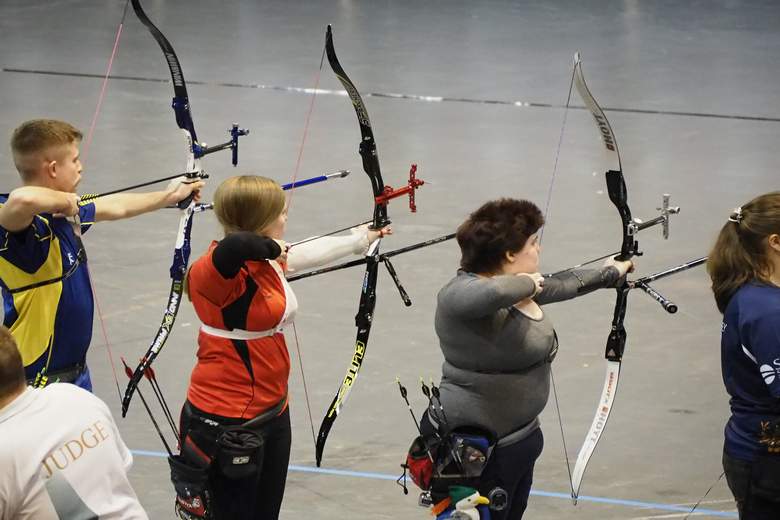
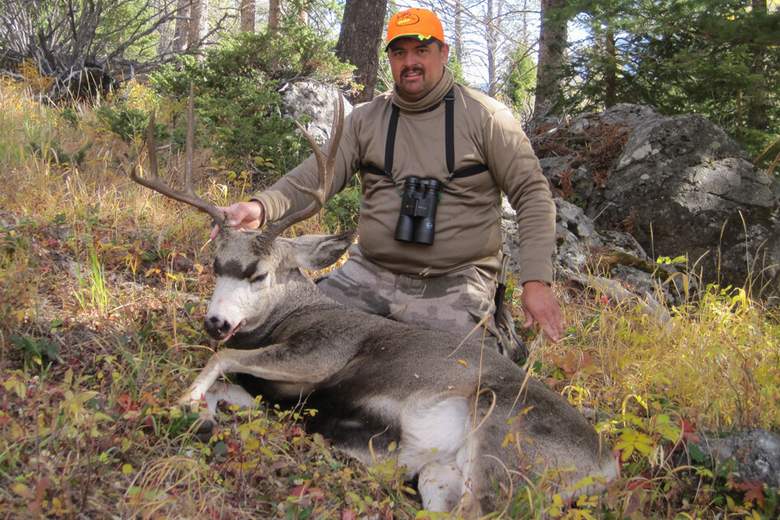
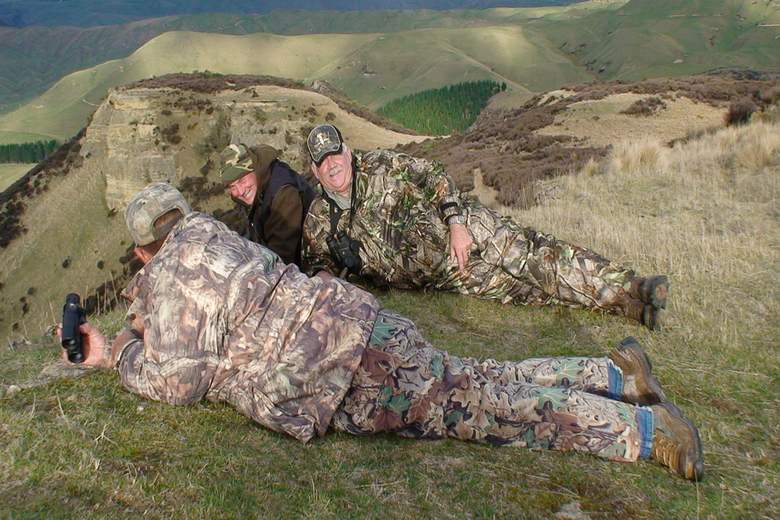
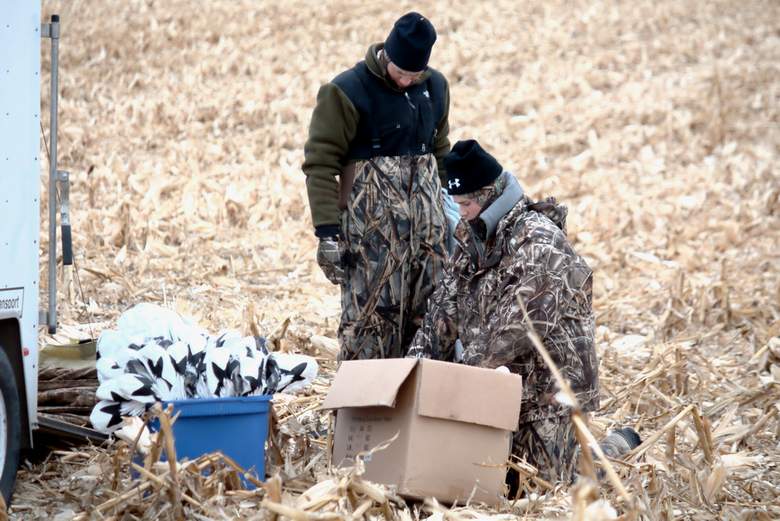
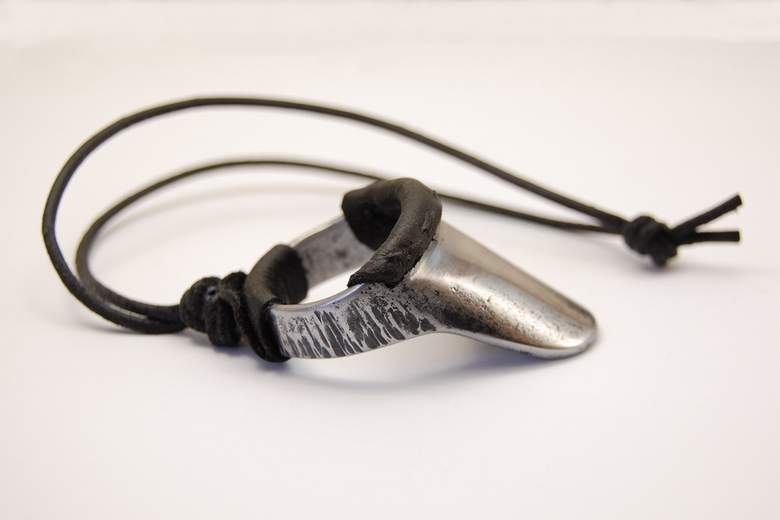
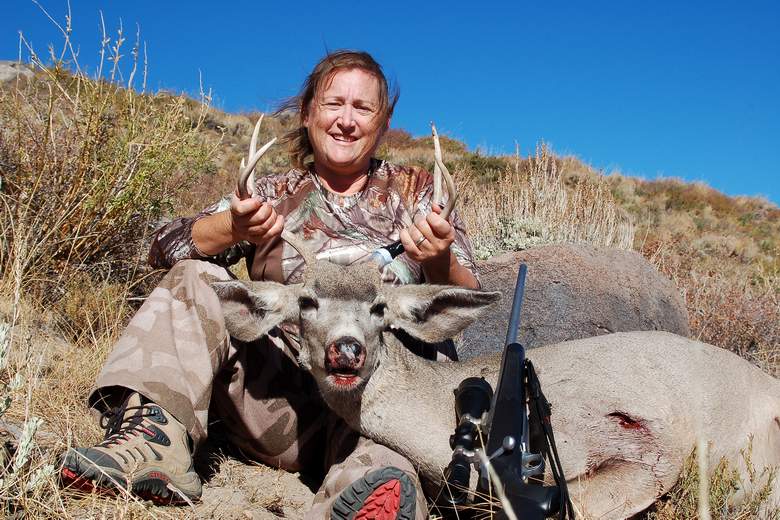

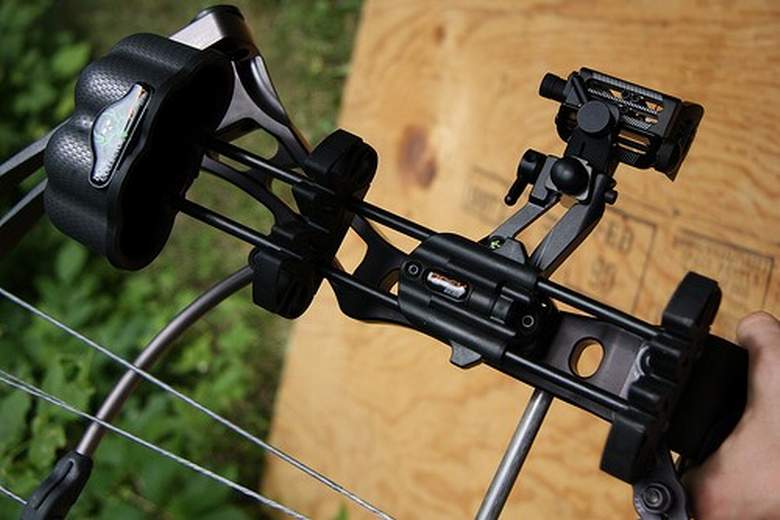
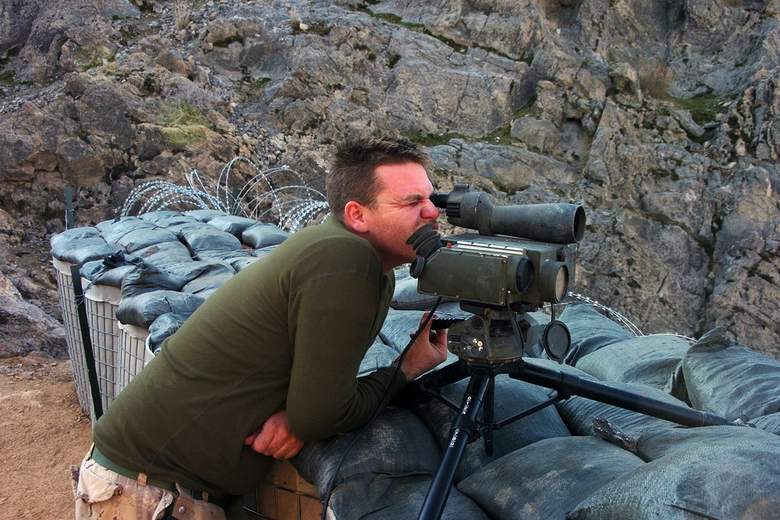
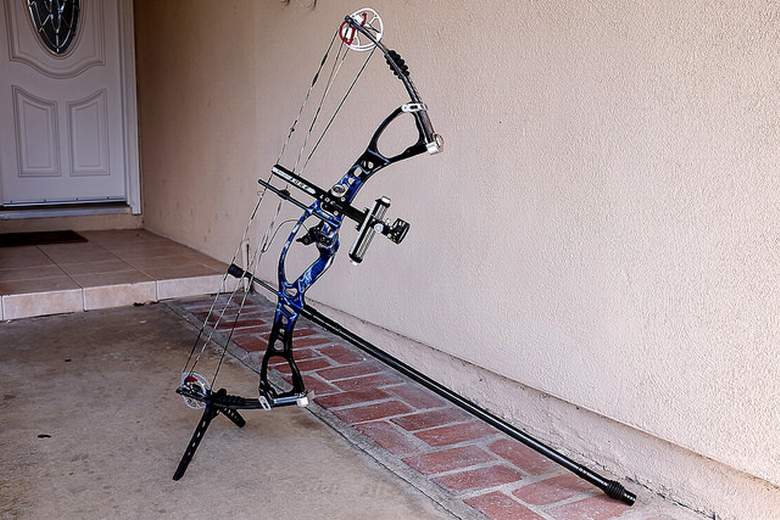
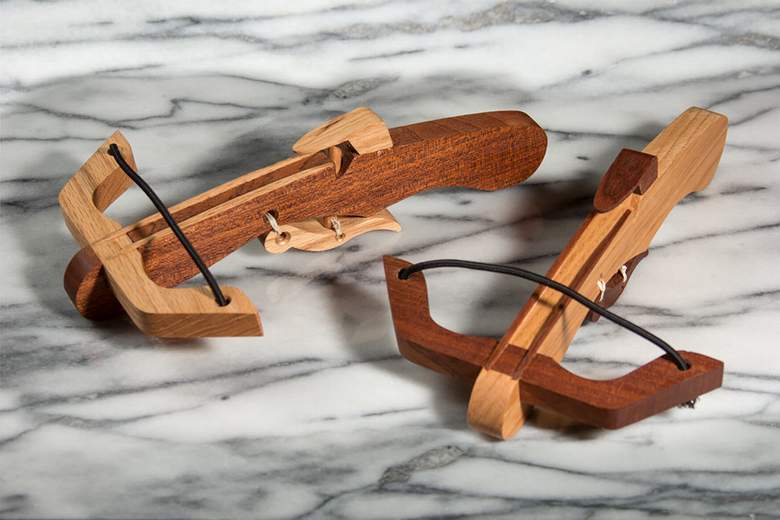

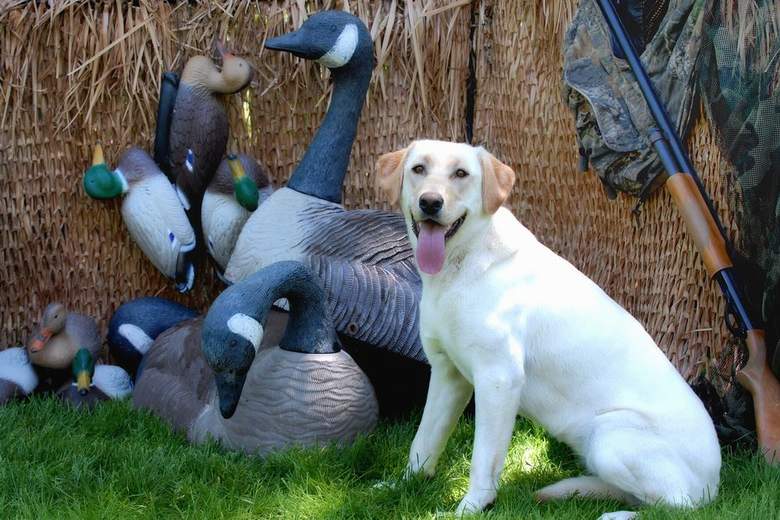
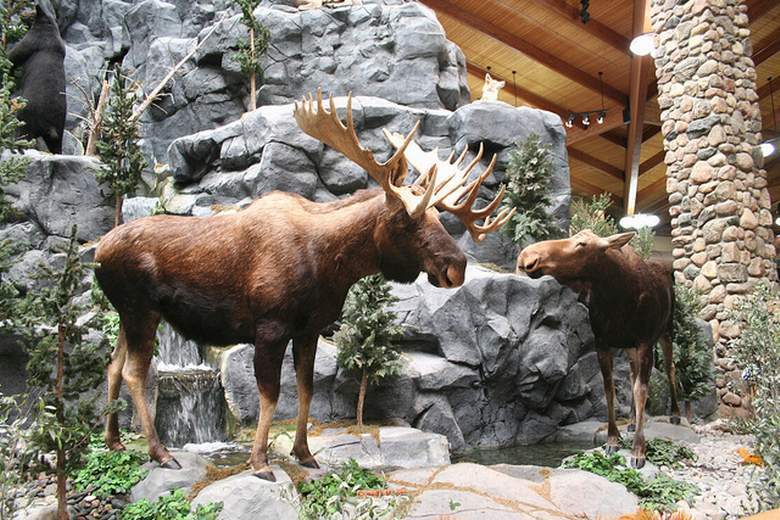
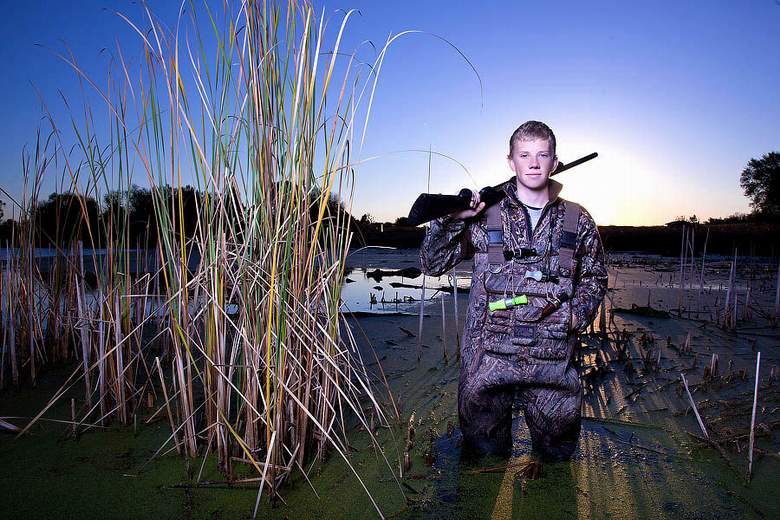


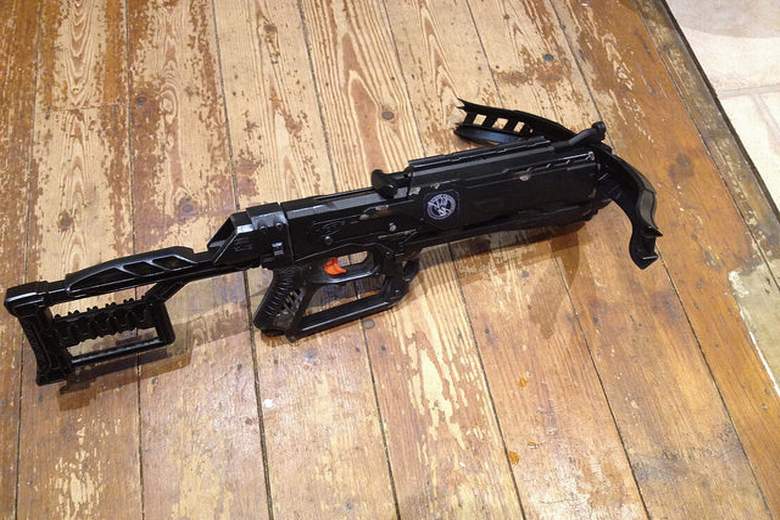


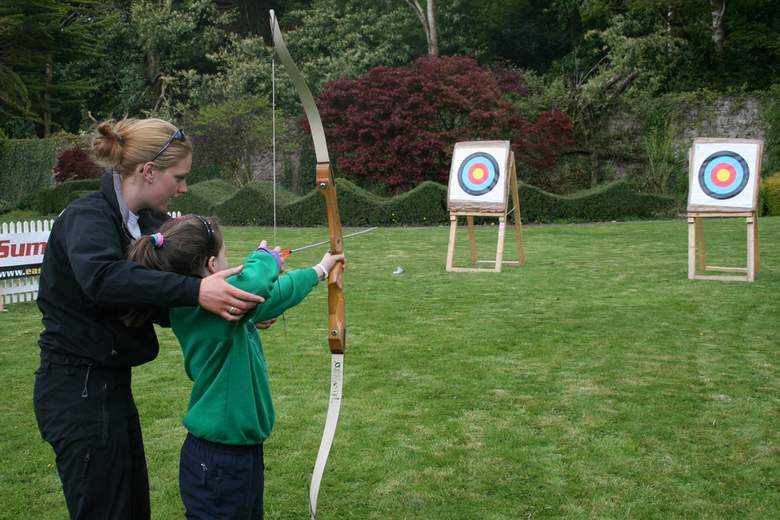
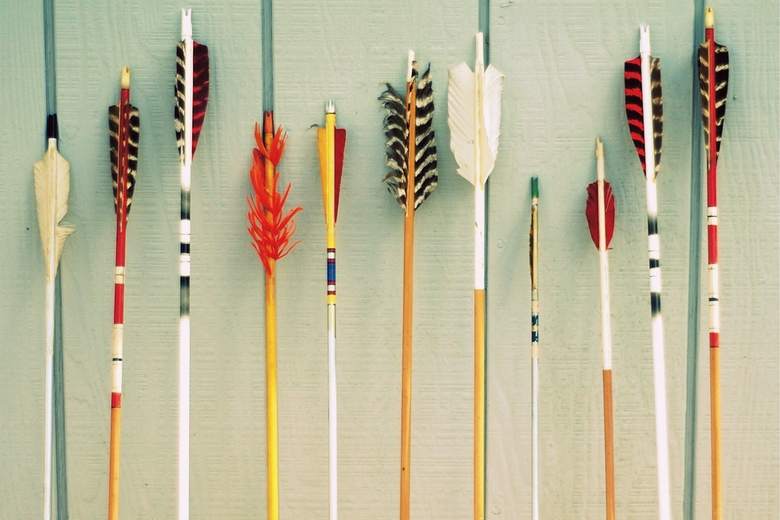

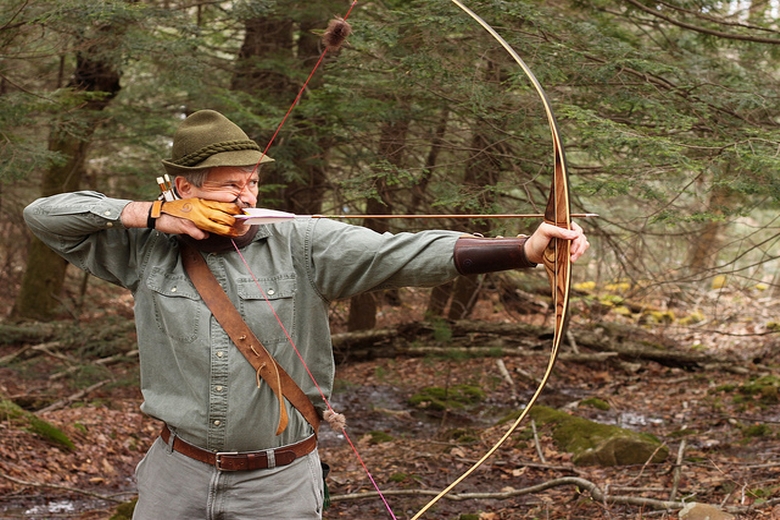
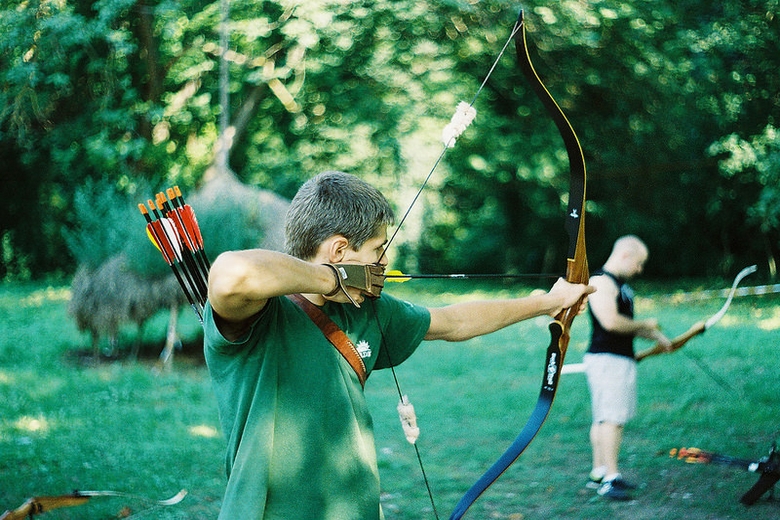
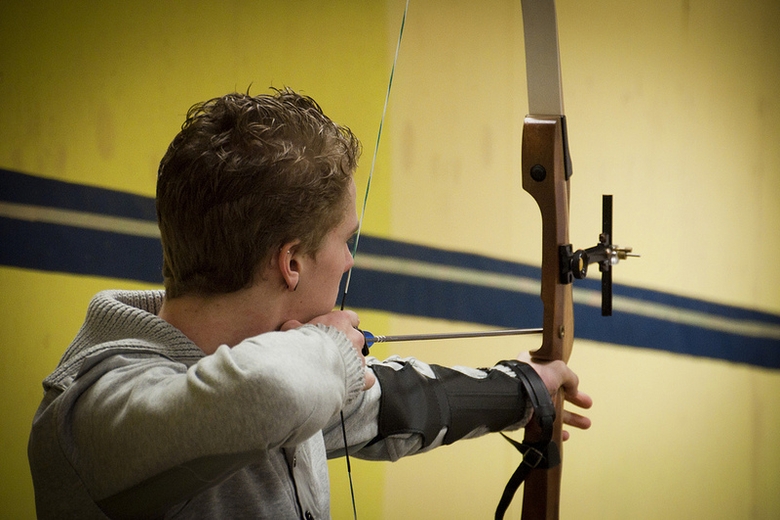


Comments
Submit Comment